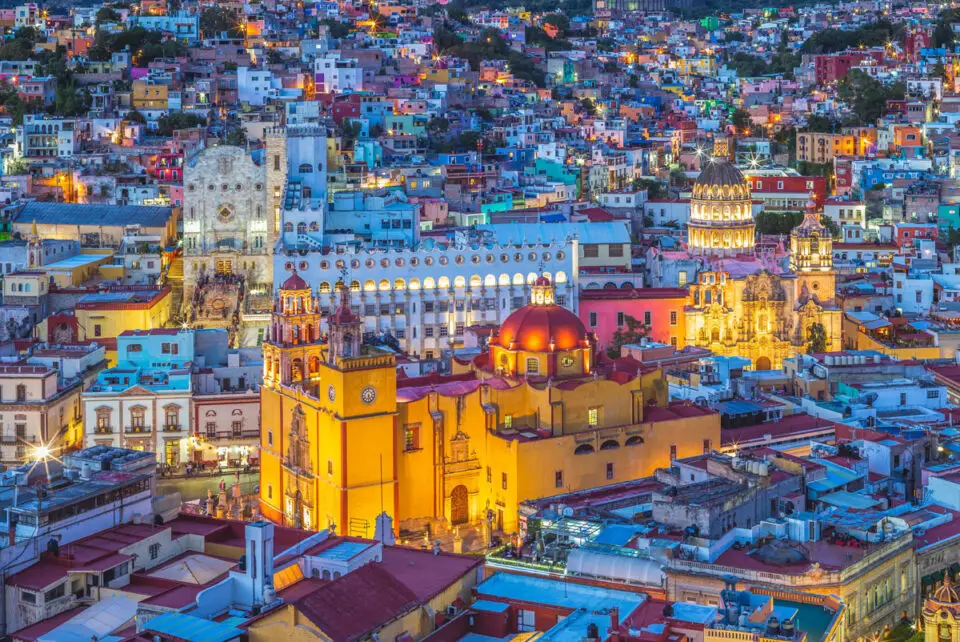My first trip to this massive city of 22 million people was magical and hot. On a late March morning, while touring Mexico City’s distinctly European-looking Centro Historico district, I roasted in mid-80-degree temperatures while visiting the impressive Metropolitan Cathedral, Latin America’s largest and oldest cathedral and the Palace of Fine Arts, home to the works of Mexico’s greatest artists.
I sweated in the afternoon while standing in line waiting to enter the iconic Mexican artist Frida Kahlo’s childhood home in the vibrant Coyoacán neighborhood.
But once I stepped inside the strikingly blue-colored La Casa Azul, now a museum of Frida’s life and work, my sweat turned to chills as a teenage girl collapsed in her boyfriend’s arms, no doubt overwhelmed by the magnitude of stepping inside Frida’s walls and getting her first glimpse of greatness.
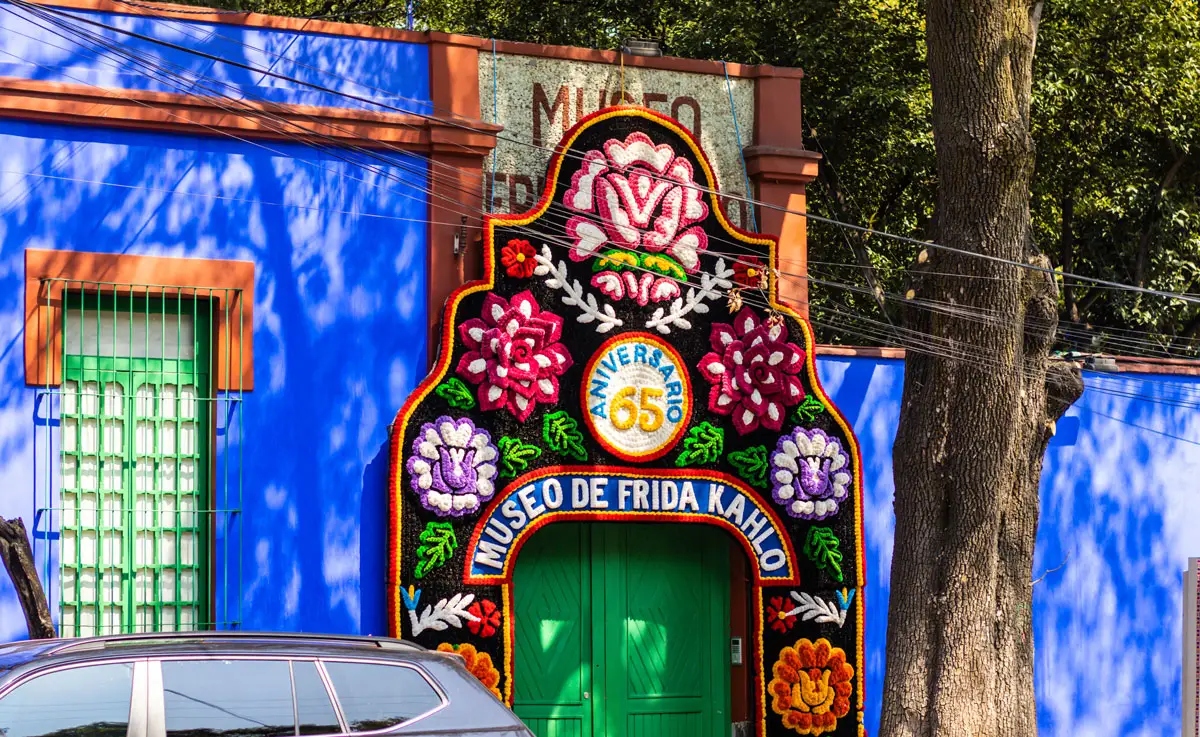
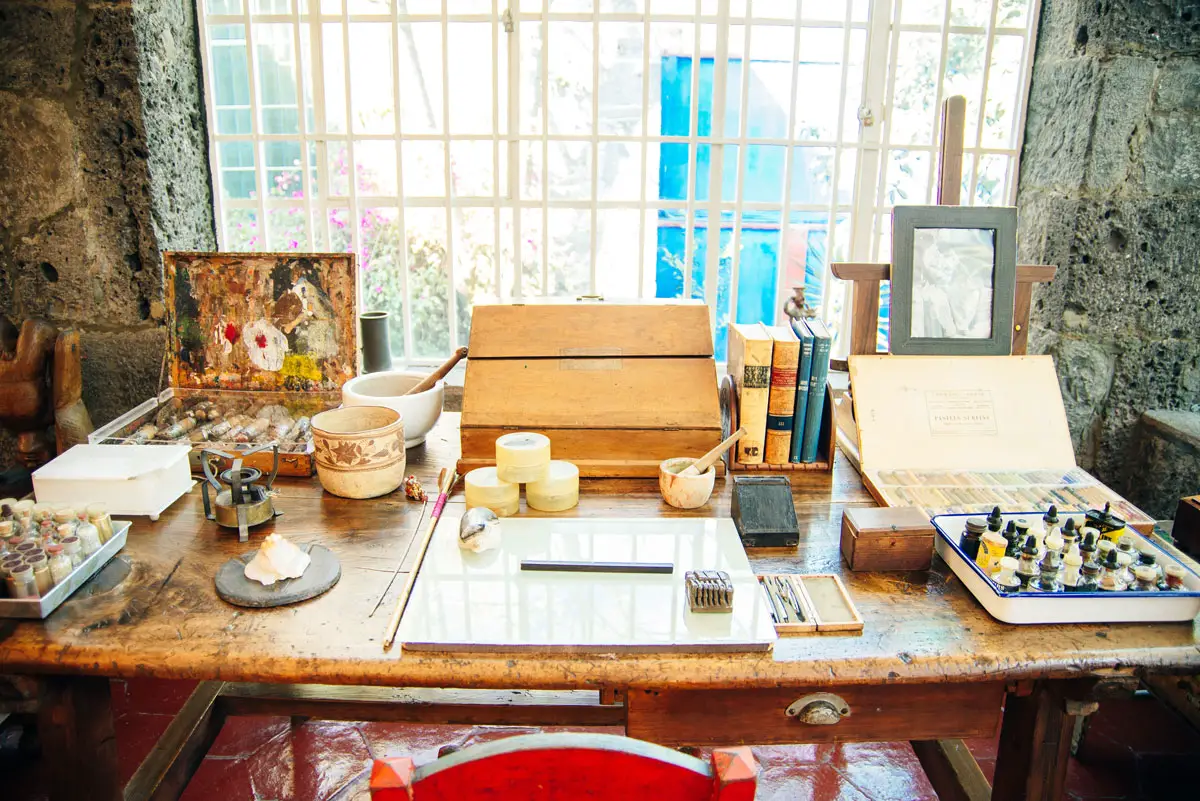
It wasn’t long before my chills turned to tears as I walked upstairs, passing by her studio where the magic happened and the bed where she died at the young age of 47 after a spectacular but tragic life that included a bout with polio and a crippling bus accident.
Suddenly, I was the one breaking down as I watched a scene from a black and white home movie of Frida kissing her husband, Diego Rivera, the celebrated muralist, and imagined how happy they were at that moment.
A few days earlier, I was welcomed to Mexico City with a foodie tour of the tony Roma district, which is in the heart of the city and only about eight miles from the airport. Roma looked a little like Paris and Lisbon, tasted like Mexico City and Oaxaca and felt like LA, with all the Gen Z digital nomads sitting outside cafes and pubs on their laptops.
The four-hour eating, drinking and walking tour, expertly and enthusiastically hosted by Alma of Sabores Mexico Food Tours, took us to six restaurants and cafes in Roma Norte, more commercial than Roma’s residential enclaves, Roma Sur and La Romita.
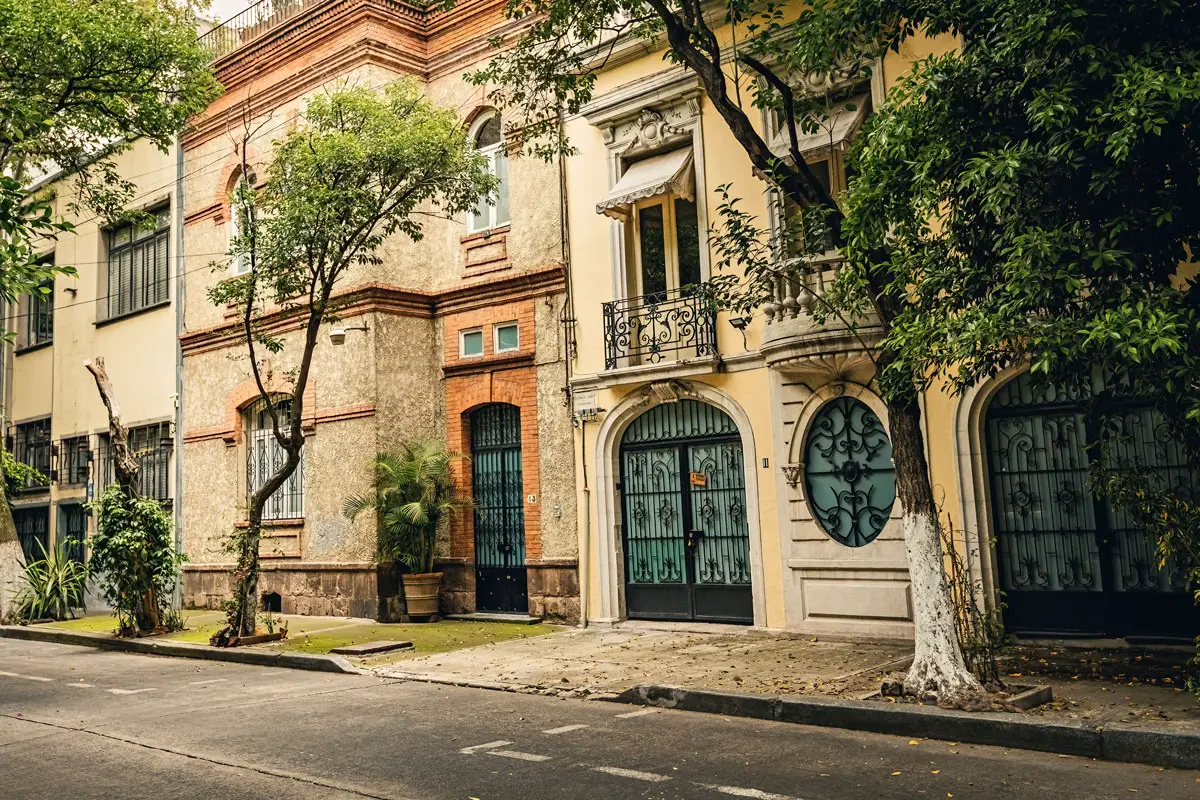
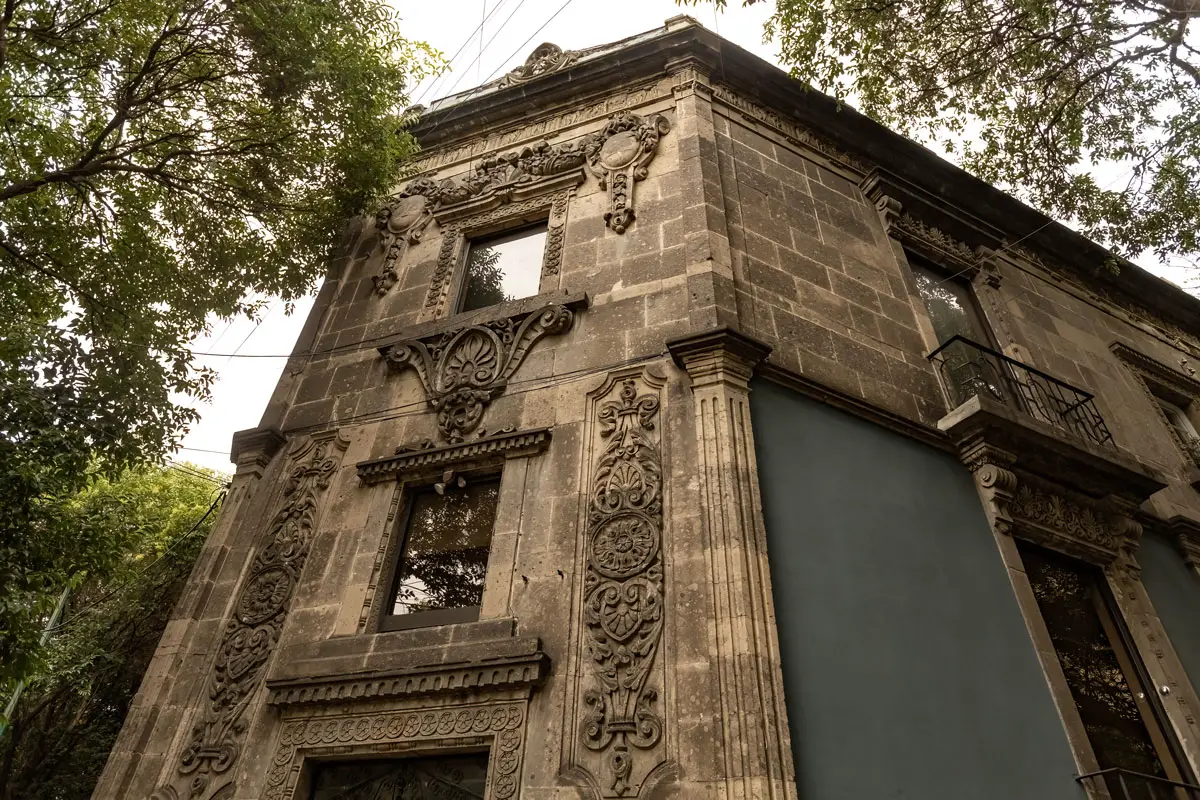
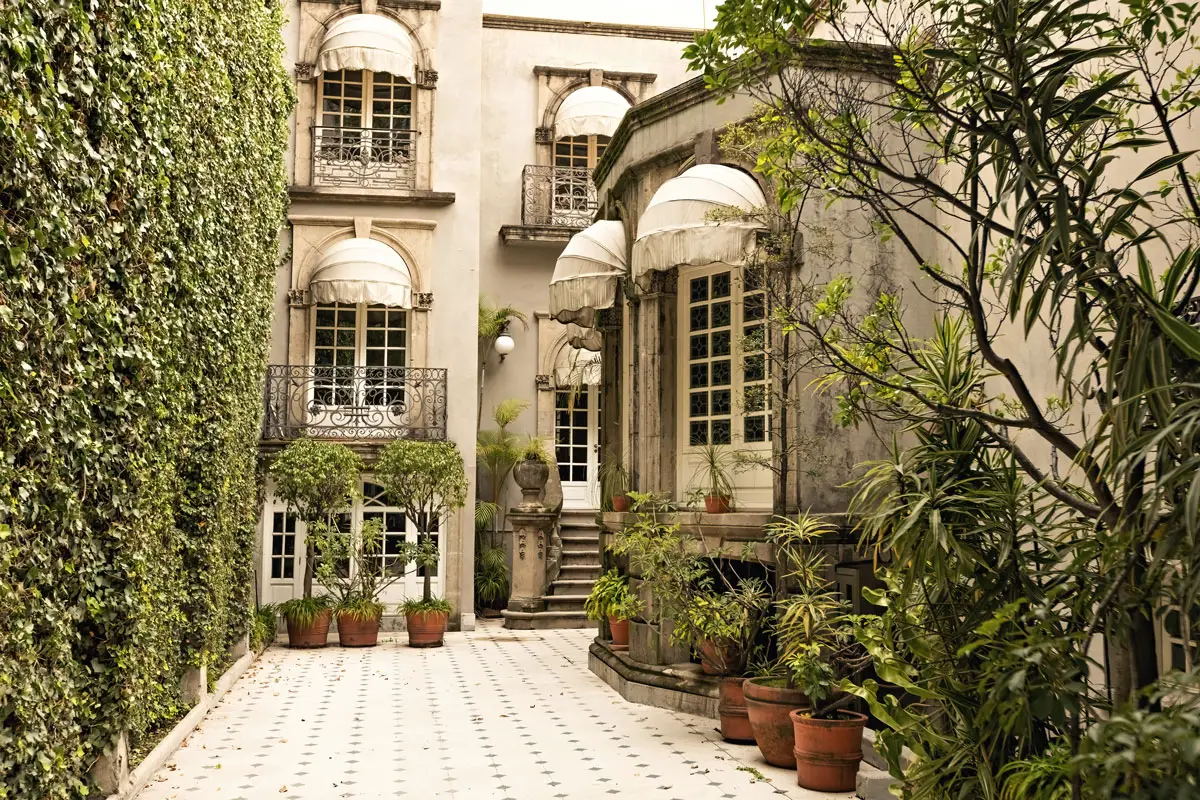
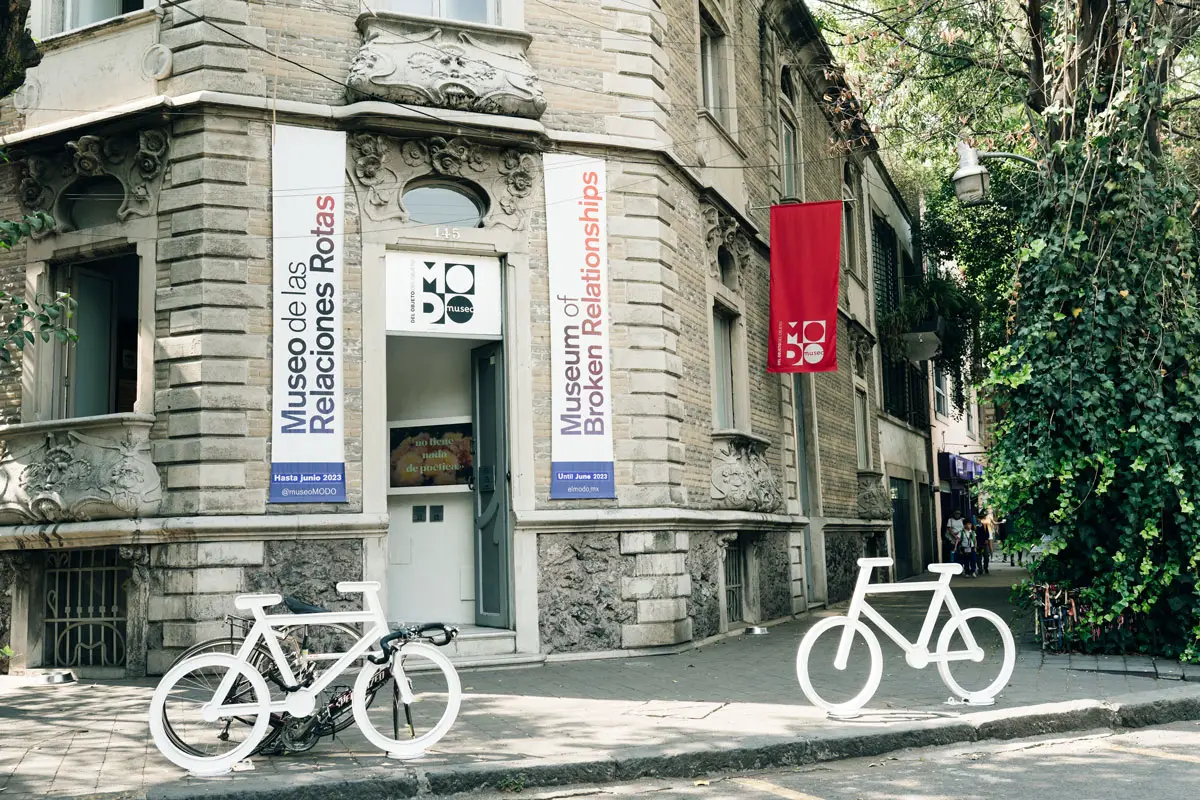
Our first stop was Broka Bistrot, once a gym and now a stunning farm-to-table restaurant. We were starving and parched from a 3-hour AeroMéxico flight from Tijuana via the Cross Border Xpress, so the Birria (a traditional stewed beef dish from Jalisco cooked in a clay pot), ceviche de nopales with red onions and coriander, and hibiscus mescal cocktail hit the spot.
My favorite dish at Tres Galeones, one of an estimated 10,000 taquerias in the city, was the carnitas-style fish taco with avocado and pork belly. Café de Raiz features tamales from the La Azteca region, the black bean tamales with coriander and green chiles, one of the 390 tamale recipes in Mexico.
Other highlights included a delicious green mole dish with pumpkin seed, chicken, and red rice from Mux and a nightcap caffeine jolt from specialty Café Barajas, which brews its Vera Cruz beans 20 ways. I enjoyed my hand-crafted pour-over and French press style coffees but fell in love with the Café de Olla, brewed with cinnamon and brown sugar sweet coffee that tasted like chai tea.
Our second day was devoted to the chinampas or the floating farms of Xochimilco. We drifted down a labyrinth of narrow canals on trajineras (colorful, gondola-like canoes) powered by a strapping young man and his long wooden stick.
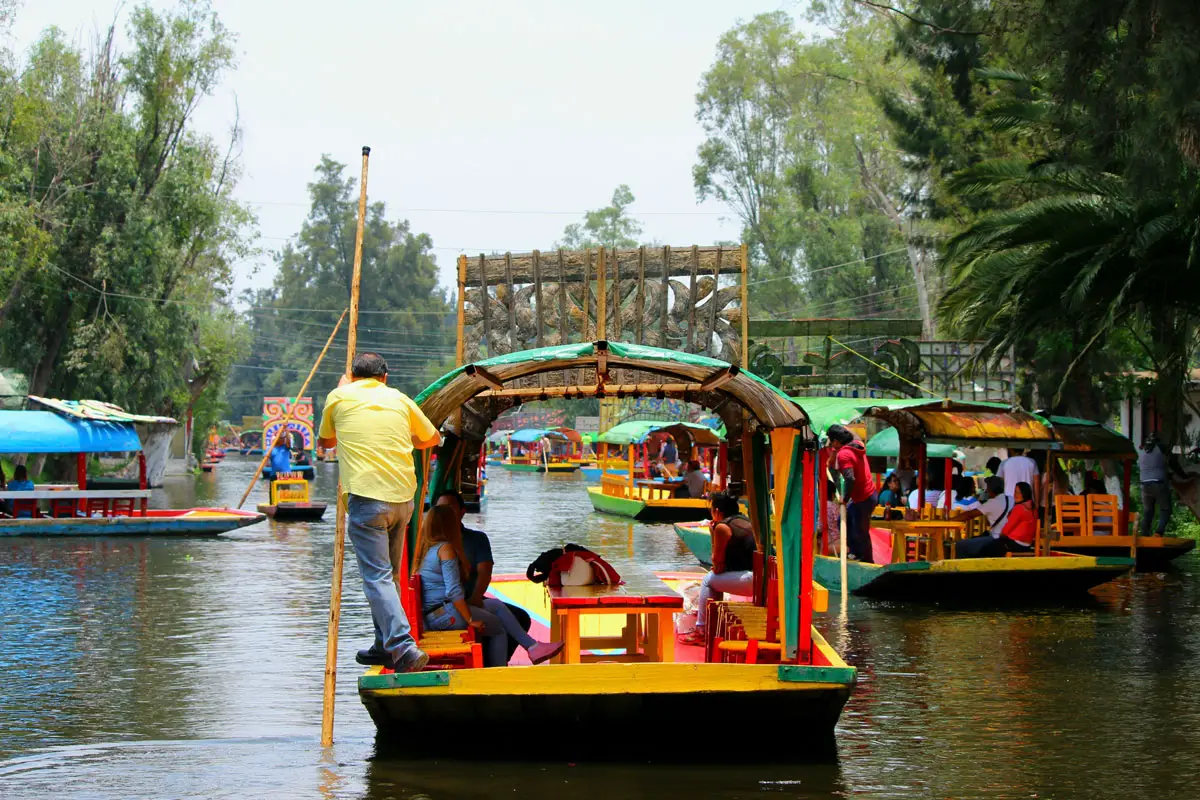
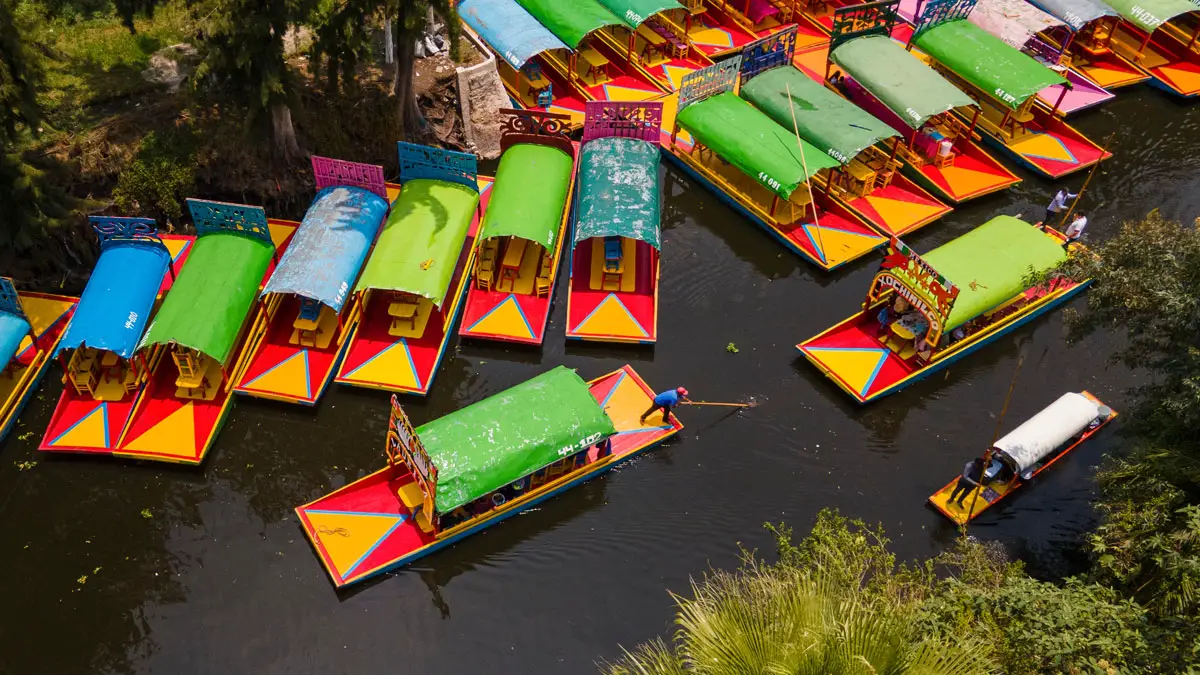
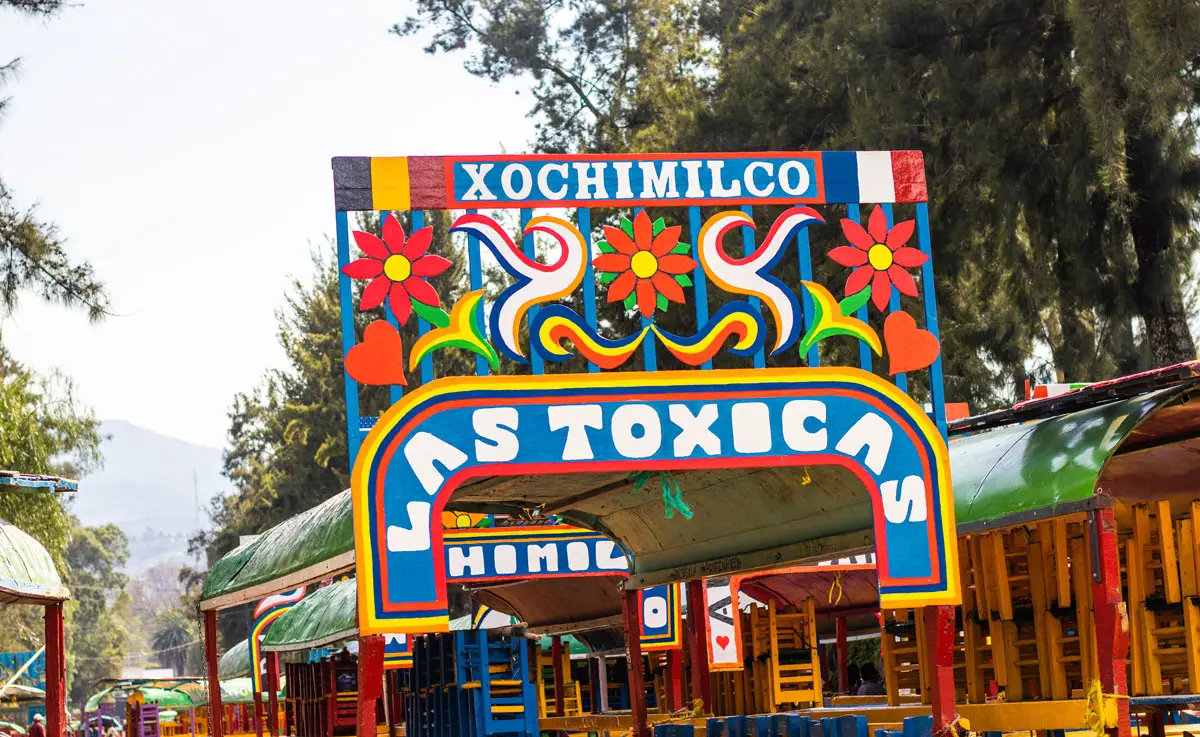
We explored the chinampas, learned about the farm’s elaborate flower and vegetable production system, and picked our own produce. I contributed to our salad by digging up a few beets. Our hosts, Marco Polo and Rosa, served a delicious farm-to-table lunch as the day’s high point.
There are over 4,000 floating farms in Xochimilco, a 400-acre reserve with patches of farmland seemingly floating in the water. The farmland, once occupied by the Aztecs, used to produce enough food for all of Mexico City. Many families used to earn their livelihood selling organic produce to restaurants and markets throughout the city.
However, the pandemic closed restaurants, forcing many families to abandon their farms and lease their land for soccer events and weddings.
Our tour guide with Ruptopia noted that many tourists and some residents of Mexico City are lured to the canals instead by Xochimilco’s party scene and are nearly oblivious to the farms’ existence. Our morning float down the canal was quite peaceful, but the volume was turned up on our return trip as we passed crowded, colorful barges, where revelers hoisted margaritas and cervezas and were entertained by passing mariachis.
Somehow, my trip ended with a visit to only one (Frida) of the city’s 180 museums and only one stop at a Mexico City craft brewery, which happened to be a German brewery, Fussen-Biergarten, oddly attached to a BMW motorcycle dealership. I also missed out on the city’s thriving street food scene. So, I guess I’ll be back. Soon.

